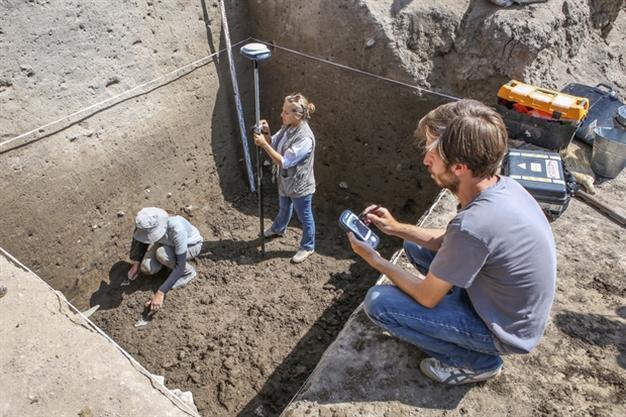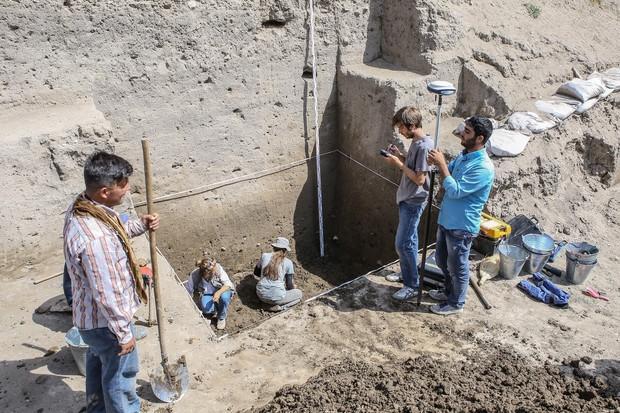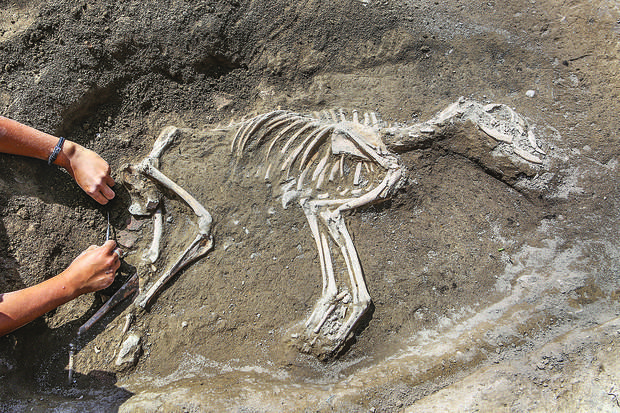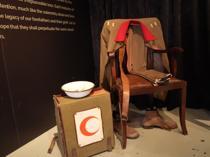New research overturns theories about Lake Van
VAN – Anadolu Agency

AA photos
New data obtained during excavations on Van Castle has revealed that Lake Van was much smaller 7,000 years ago and has risen over time to reach its current size.“The people of Van were living three meters under this level in 5,000 B.C. and the lake was located below its current place. The level of the lake is higher than it was in the past,” said Erkan Konyar, the head of the Istanbul University Faculty of Literature Van Region History and Archaeology Center, which is heading excavations on the site. “This is, of course, a debated issue. Maybe there were earlier-era settlements like the Urartian settlements located one or two kilometers off shore in Lake Van.”

Lake Van is 430 kilometers long and 450 meters deep, while the excavations by Konyar’s team had presently reached a level of two meters below the surface.
“This is very important to back the archaeological and geological data,” said the academic.
“Suggestions that the Madır Bastion was a harbor has been refuted by this year’s archaeological data because Lake Van never reached [the level] of rocky places in Van. It did not rise – it was always more below. The Madır Bastion was not a harbor and Tushba was not a coastal town, according to data we obtained this year,” he said, referring to Tushba (Tuşpa in modern Turkish), the capital of the Iron Age Urartian Kingdom.

Continuing excavations
Universities have been conducting excavations to discover more information about the Urartians between 860 and 590 B.C. in what is now eastern Turkey, Armenia and Iran.
Excavations around Old Van City, Van Castle and Lake Van have provided important information about the history of the region, which stretches back 7,000 years.
Konyar said they have been carrying out excavations around Van Castle for the past six years to shed light on the social and cultural life of the region, adding that recent excavations on the mound had helped researchers better understand the geological structure of the region.

3,000-year-old skeleton of dog found in Van
A dog skeleton thought to be 3,000 years old was found during excavations in the ancient Urartu Kingdom’s capital Tushpa on the shore of Lake Van.
New excavated remnants, which were found in a tumulus at the northern side of the Van Castle, have brought new information about the Urartian Kingdom to light.
During the excavations, headed by Prof. Erkan Konyar from Istanbul University, a 3,000-year-old dog skeleton was unearthed.
“In our previous work in Van, we saw similar findings, but there is something interesting here: The dog we found was buried in a house, which shows high level of animal love among the Urartian people,” said Konyar.
The body found was most probably of a shepherd, as shepherds were given great importance in the Urartian era, according to Konyar.
“The burial of this dog under a house shows the existence of fairly strong [social] ties between the dog and the people who cared for the dog,” added Konyar.
















